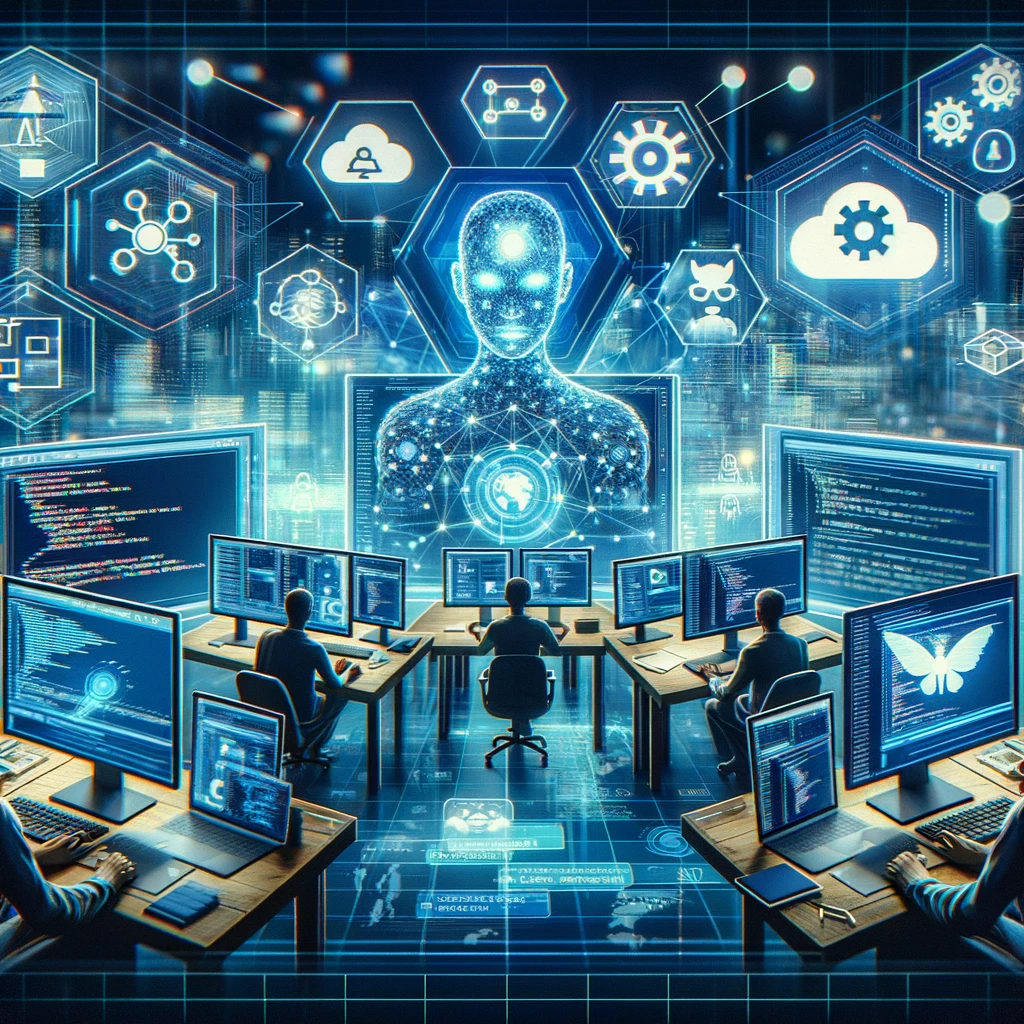
Introduction
Software applications have become an integral part of modern society, influencing industries such as healthcare, finance, education, and entertainment. With the rapid advancements in technology, software development has evolved significantly, incorporating new methodologies, frameworks, and best practices to enhance efficiency and user experience.
The Evolution of Software Development
Software development has transformed over the years, shifting from traditional waterfall models to agile and DevOps methodologies. Key milestones in this evolution include:
- Waterfall Model (1970s-1990s): A sequential approach where each phase of development must be completed before moving to the next.
- Agile Methodology (2001-Present): A flexible approach that emphasizes iterative development, collaboration, and customer feedback.
- DevOps (2010-Present): A culture and set of practices aimed at improving collaboration between development and operations teams to enhance deployment efficiency and reliability.
- Low-Code/No-Code Development (2020s): Simplified application development that allows users with minimal coding skills to create applications using drag-and-drop interfaces.
Emerging Trends in Software Development
The software development landscape is continuously evolving, with several key trends shaping the industry:
1. Artificial Intelligence and Machine Learning
AI-powered applications are transforming industries by enabling automation, predictive analytics, and natural language processing. Machine learning frameworks like TensorFlow and PyTorch facilitate the development of intelligent applications.
External Sources:
- “Artificial Intelligence: A Modern Approach” by Stuart Russell and Peter Norvig.
- Google AI Blog
- IBM AI Research
2. Cloud Computing and Serverless Architecture
Cloud platforms like AWS, Azure, and Google Cloud enable scalable and cost-effective software solutions. Serverless computing removes infrastructure management concerns, allowing developers to focus on writing code.
External Sources:
- “Cloud Computing: Theory and Practice” by Dan C. Marinescu.
- AWS Documentation
- Google Cloud Official Docs
3. Microservices Architecture
Breaking down monolithic applications into smaller, independent services improves scalability, resilience, and maintainability. Popular tools for microservices include Kubernetes and Docker.
External Sources:
- “Building Microservices” by Sam Newman.
- Kubernetes Official Documentation
- Docker Documentation
4. Blockchain and Decentralized Applications
Blockchain technology enhances security, transparency, and decentralization in applications, especially in fintech, supply chain, and healthcare sectors.
External Sources:
- “Mastering Blockchain” by Imran Bashir.
- Ethereum Whitepaper
- Bitcoin.org
5. Internet of Things (IoT) and Edge Computing
IoT applications connect smart devices, enabling real-time data collection and analysis. Edge computing reduces latency by processing data closer to the source rather than relying on centralized cloud servers.
External Sources:
- “The Internet of Things” by Samuel Greengard.
- Microsoft Azure IoT Documentation
- Cisco Edge Computing
Best Practices for Software Development
To ensure efficient, secure, and scalable software applications, developers should follow best practices such as:
1. Adopting Agile and DevOps
Agile and DevOps methodologies enhance collaboration, speed up development cycles, and improve software quality.
External Sources:
- “The DevOps Handbook” by Gene Kim, Jez Humble, Patrick Debois, and John Willis.
- Atlassian Agile Resources
- DevOps.com
2. Writing Clean and Maintainable Code
Using proper coding conventions, meaningful variable names, and modular programming principles enhances code readability and maintainability.
External Sources:
- “Clean Code: A Handbook of Agile Software Craftsmanship” by Robert C. Martin.
- GitHub Documentation
- Stack Overflow
3. Ensuring Security and Compliance
Implementing security best practices such as encryption, authentication, and secure coding techniques prevents vulnerabilities and ensures regulatory compliance (e.g., GDPR, HIPAA).
External Sources:
- “The Web Application Hacker’s Handbook” by Dafydd Stuttard and Marcus Pinto.
- OWASP Security Guidelines
- NIST Cybersecurity Framework
4. Utilizing Continuous Integration and Continuous Deployment (CI/CD)
Automating testing and deployment processes minimizes errors and ensures seamless updates to production environments.
External Sources:
- “Continuous Delivery” by Jez Humble and David Farley.
- Jenkins Documentation
- GitLab CI/CD
5. Enhancing User Experience (UX) and Accessibility
Prioritizing user-centric design and ensuring accessibility compliance (e.g., WCAG standards) improves application usability and inclusivity.
External Sources:
- “Don’t Make Me Think” by Steve Krug.
- Web Content Accessibility Guidelines (WCAG)
- Nielsen Norman Group UX Research
Conclusion
Software development is an ever-evolving field driven by innovation and emerging technologies. By embracing new trends and best practices, developers can create scalable, secure, and high-performance applications that meet the demands of modern users. Staying up to date with the latest advancements in AI, cloud computing, and security will be crucial for success in the rapidly changing tech landscape.
